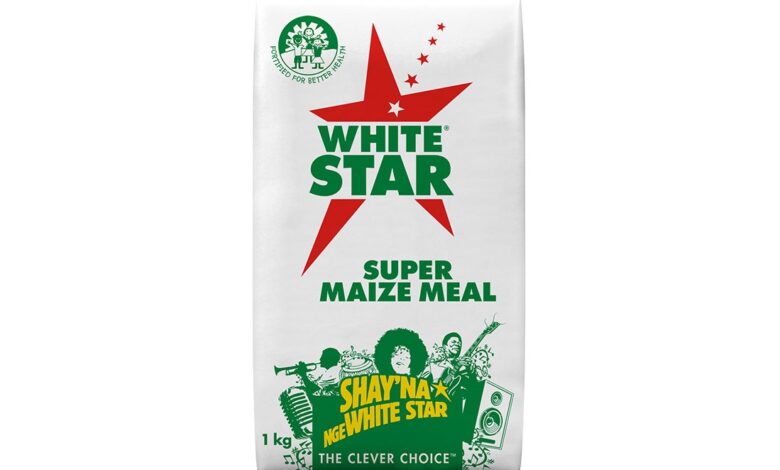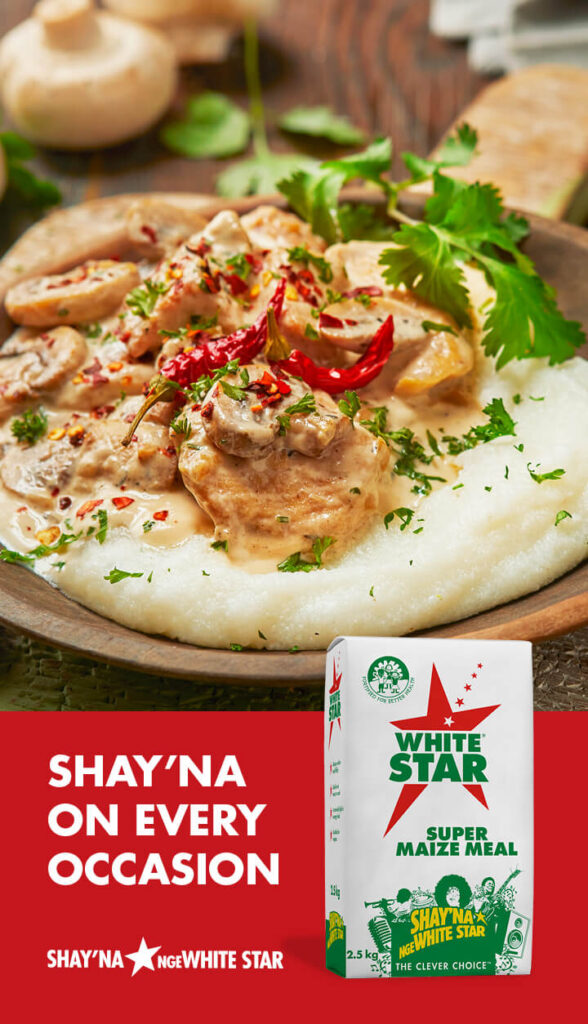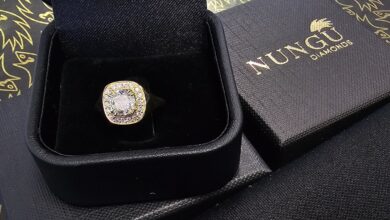White Star Maize Meal: From Humble Beginnings to South Africa’s Favorite Staple

White Star Maize Meal: From Humble Beginnings to South Africa’s Favorite Staple. In South Africa, few household staples hold as much cultural and nutritional significance as maize meal. Among the many brands available, White Star Maize Meal has emerged as a market leader, becoming a trusted name in homes across the country. But its rise to dominance wasn’t accidental. White Star’s success is a story of strategic marketing, deep consumer understanding, and relentless innovation. This article explores how White Star Maize Meal transformed from a new entrant to the most preferred brand in the maize meal industry.
The Birth of White Star: Identifying a Market Gap
White Star Maize Meal was introduced by Pioneer Foods in 1999, entering a market traditionally dominated by established brands. While maize meal was a staple in South African households, there was an opportunity to improve its quality and appeal. Unlike traditional maize meal, White Star introduced a superior taste and smoother texture, distinguishing itself from competitors. This innovation wasn’t just about the product; it was about reshaping consumer expectations.
Winning Over Consumers: Quality and Innovation
White Star’s defining moment came with its introduction of super maize meal, which was developed using an advanced milling process to create a softer, more refined texture. This immediately resonated with South African consumers who valued a smoother, more enjoyable eating experience.
Key innovations that set White Star apart:
- Superior Milling Process – Ensuring a consistently fine texture and better taste.
- Healthier Nutritional Profile – Enriched with essential vitamins to support better nutrition.
- Versatility – Ideal for making a range of traditional and modern dishes, increasing its appeal across different demographics.

Strategic Marketing: Building a Trusted Household Name
White Star’s marketing approach was highly consumer-centric, focusing on building trust and cultural relevance. The brand used multiple strategies to create strong connections with South African consumers:
- Emotional Branding – White Star positioned itself not just as a product, but as a part of family traditions, reinforcing its role in everyday meals and celebrations.
- Sponsorships & Partnerships – The brand sponsored major South African events, cooking shows, and food festivals, increasing its visibility and cultural resonance.
- Engaging Advertising Campaigns – Television, radio, and print ads highlighted White Star’s smooth texture and superior taste, reinforcing its competitive advantage.
- Community Engagement – White Star actively engaged with communities through sponsorships of local cooking initiatives and school feeding programs, further strengthening brand loyalty.
Overcoming Challenges: Resilience in a Competitive Market
Breaking into an industry dominated by established brands was no small feat. White Star faced challenges such as:
- Consumer Skepticism – Convincing consumers to switch from traditional maize meal brands required strong product differentiation and effective word-of-mouth marketing.
- Pricing Pressures – As a premium-quality maize meal, White Star had to justify its price while remaining accessible to a broad consumer base.
- Market Competition – With several maize meal brands competing for attention, White Star had to consistently innovate to maintain its edge.
Despite these challenges, White Star’s focus on quality, brand trust, and targeted marketing efforts helped it carve out a significant market share.

Expansion and Market Penetration
After securing its foothold in South Africa, White Star expanded its distribution network to reach more consumers, including:
- Retail and Wholesale Penetration – Establishing a strong presence in supermarkets, spaza shops, and informal trade outlets.
- Export Growth – Expanding into neighboring African markets where maize meal is a staple.
- Product Line Extensions – Introducing complementary products to diversify its offering, such as instant maize porridge and fortified maize meal for added health benefits.
Lessons for Entrepreneurs
White Star’s journey provides valuable lessons for entrepreneurs looking to build successful brands:
- Identify Market Gaps – White Star disrupted an established industry by focusing on product quality and consumer preference.
- Leverage Emotional Branding – By integrating into family traditions and culture, White Star strengthened its connection with consumers.
- Invest in Product Differentiation – Innovation in quality and texture set White Star apart from its competitors.
- Adapt to Market Needs – Continuous expansion and product diversification helped sustain growth.
- Build Community Engagement – Supporting local initiatives strengthened brand trust and loyalty.

Conclusion: A Legacy of Quality and Trust
White Star Maize Meal’s rise to the top is a testament to the power of innovation, strategic marketing, and consumer trust. By prioritizing quality, building a strong emotional connection with its audience, and continuously adapting to market needs, White Star has cemented itself as a household favorite in South Africa. For aspiring entrepreneurs, White Star’s journey serves as a blueprint for how to build a brand that stands the test of time.




